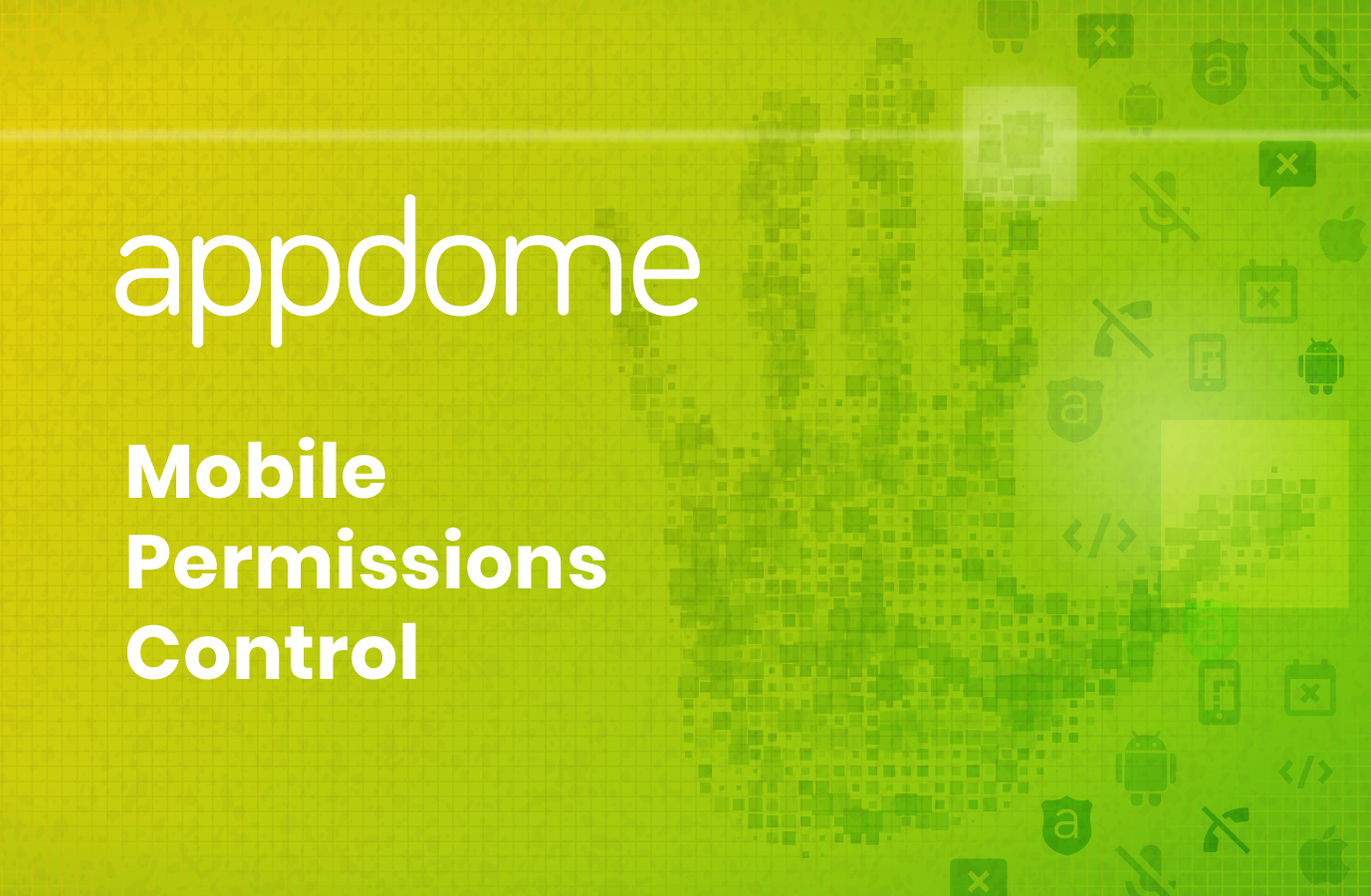I remember the case of the Strava fitness app. For a while, almost comically, the fitness app gave away the location of a secret U.S. Army base based on the GPS coordinates users allowed inside the app. In response, new Pentagon rules instructed soldiers to turn off location access when using the app. In other words, Army personnel had to individually and manually (remember to and then) turn off location access in the app.
Of course, relying on user choice to protect against inadvertent disclosure of a user’s whereabouts does not guarantee the outcome. If the user forgets, well…the result is self evident. Just look at this NY Times Article entitled Your Apps Know Where You Were Last Night, and They’re Not Keeping it Secret. To solve this problem, early MDM systems offered all-encompassing, device-level controls to prohibit use of the camera, etc. Their view was simple, control the device to control the user. Still, MDMs didn’t and many don’t control location access. They also rely on an administrator doing something to effect either “that device” or “all devices” under management. To augment MDM, the admin, and if your organization uses modern Mobile Application Management and BYOD, you need a better way.
What if you could safeguard and prohibit the mobile permissions used by apps on a per-app basis? That way, you wouldn’t be reliant on a single admin or each individual user. What if you could do this on any device, with or without a management profile? What if it could be dynamically, automatically and informed by other events on the device. Well, that would be way cool.
Introducing Mobile Permission Control™
Appdome now gives app makers, enterprises and yes, government organizations, a complete and comprehensive Mobile Permission Control™ feature set. With Mobile Permission Control, organizations can disable the entire range of mobile permissions accessed by Android and iOS apps to protect end user privacy and guard against unknown use of compromised apps.
Mobile Permission Control is available as part of our Appdome Mobility Suite. Specifically, when Mobile Permission Controls are added to an app, the feature prevention will function as if natively coded to the app. Mobile Permission Control features include the following:
- Prevent App Screen Sharing;
- Blur Application Screen;
- Prohibit Local Contacts and Local Calendar;
- In-App Calls and Messages Only;
- Prohibit access to Camera and Microphone;
- Prohibit use of Location information.
Appdome’s point and click UI makes it very easy to add one, some or all of the Mobile Permission Controls to Android and iOS apps. Appdome is designed to be compatible with mobile apps built in any development environment. As a result, Appdome streamlines implementations, cuts development work, and ensures a guaranteed and consistent integration to any mobile app. Implementing these features takes less time than it takes to read this blog.
In addition, Mobile Permission Control can be in stand-alone or managed mode. The stand-alone mode provides always-on protection against mobile app access to device level or personal resources on the phone. In managed mode, Mobile Permission Control can be managed by an enterprise mobility management system, including MDM and MAM systems.
Framework for Better Mobile Experiences
Mobile Permission Control™ signals a sea-change in mobile integration projects on Appdome. Increasingly, we are asked to segment and democratize features to allow for greater choice and control in mobile implementations. We’re also asked to allow users to combine otherwise discrete features into creative service bundles for specific use cases. For example, preventing app screen sharing or location access only if the device is Jailbroken/Rooted or providing access to the camera only if a separate authentication request is made via the app. We see all sorts of unique ways to combine security and mobile permissions, as well as other services, into an Appdome-Fused app. The promise is endless and suggests a world of more dynamically adaptive mobile application experiences for all of us.
To give Mobile Permission Control a try, start a free trial now.






